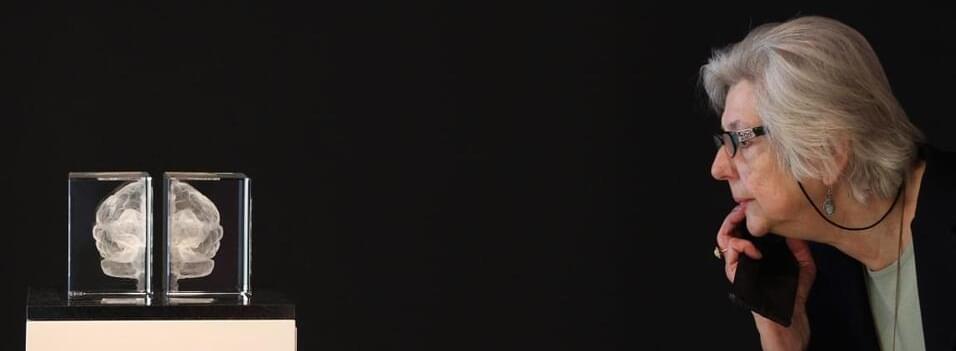Science_Hightech — operanewsapp.
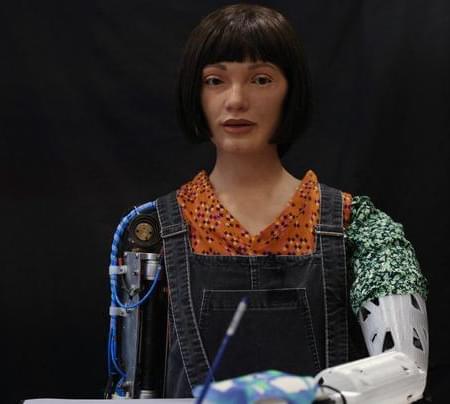


Hoping to improve on those earlier efforts, Matthew Daugherty, a biochemist at the University of California San Diego, and colleagues used sophisticated computer software to trace the evolution of hundreds of human genes by searching for similar sequences in hundreds of other species. Genes that seemed to have appeared first in vertebrates and had no predecessors in earlier animals were good candidates for having jumped across from bacteria, particularly if they had counterparts in modern microbes. Among the dozens of potentially alien genes, one “blew me away,” Daugherty recalls.
The gene, called IRBP (for interphotoreceptor retinoid-binding protein), was already known to be important for seeing. The protein it encodes resides in the space between the retina and the retinal pigment epithelium, a thin layer of cells overlying the retina. In the vertebrate eye, when light hits a light-sensitive photoreceptor in the retina, vitamin A complexes become kinked, setting off an electrical pulse that activates the optic nerve. IRBP then shifts these molecules to the epithelium to be unkinked. Finally, it shuttles the restored molecules back to the photoreceptor. “IRBP,” Zhu explains, “is essential for the vision of all vertebrates.”
Vertebrate IRBP most closely resembles a class of bacterial genes called pepsidases, whose proteins recycle other proteins. Since IRBP is found in all vertebrates but generally not in their closest invertebrate relatives, Daugherty and his colleagues propose that more than 500 million years ago microbes transferred a pepsidase gene into an ancestor of all living vertebrates. Once the gene was in place, the protein’s recycling function was lost and the gene duplicated itself twice, explaining why IRBP has four copies of the original pepsidase DNA. Even in its microbial forebears, this protein may have had some ability to bind to light-sensing molecules, Daugherty suggests. Other mutations then completed its transformation into a molecule that could escape from cells and serve as a shuttle.
This video is my take on 3B1B’s Summer of Math Exposition (SoME) competition.
It explains in pretty intuitive terms how ideas from topology (or “rubber geometry”) can be used in neuroscience, to help us understand the way information is embedded in high-dimensional representations inside neural circuits.
OUTLINE:
00:00 Introduction.
01:34 — Brief neuroscience background.
06:23 — Topology and the notion of a manifold.
11:48 — Dimension of a manifold.
15:06 — Number of holes (genus)
18:49 — Putting it all together.
____________
Main paper:
Chaudhuri, R., Gerçek, B., Pandey, B., Peyrache, A. & Fiete, I. The intrinsic attractor manifold and population dynamics of a canonical cognitive circuit across waking and sleep. Nat Neurosci 22, 1512–1520 (2019).
_________________________
Other relevant references:
1. Jazayeri, M. & Ostojic, S. Interpreting neural computations by examining intrinsic and embedding dimensionality of neural activity. arXiv:2107.04084 [q-bio] (2021).
2. Gallego, J. A., Perich, M. G., Chowdhury, R. H., Solla, S. A. & Miller, L. E. Long-term stability of cortical population dynamics underlying consistent behavior. Nat Neurosci 23260–270 (2020).
3. Bernardi, S. et al. The Geometry of Abstraction in the Hippocampus and Prefrontal Cortex. Cell 183954–967.e21 (2020).
4. Shine, J. M. et al. Human cognition involves the dynamic integration of neural activity and neuromodulatory systems. Nat Neurosci 22289–296 (2019).
5. Remington, E. D., Narain, D., Hosseini, E. A. & Jazayeri, M. Flexible Sensorimotor Computations through Rapid Reconfiguration of Cortical Dynamics. Neuron 98, 1005–1019.e5 (2018).
6. Low, R. J., Lewallen, S., Aronov, D., Nevers, R. & Tank, D. W. Probing variability in a cognitive map using manifold inference from neural dynamics. http://biorxiv.org/lookup/doi/10.1101/418939 (2018) doi:10.1101/418939.
7. Elsayed, G. F., Lara, A. H., Kaufman, M. T., Churchland, M. M. & Cunningham, J. P. Reorganization between preparatory and movement population responses in motor cortex. Nat Commun 7, 13239 (2016).
8. Peyrache, A., Lacroix, M. M., Petersen, P. C. & Buzsáki, G. Internally organized mechanisms of the head direction sense. Nat Neurosci 18569–575 (2015).
9. Dabaghian, Y., Mémoli, F., Frank, L. & Carlsson, G. A Topological Paradigm for Hippocampal Spatial Map Formation Using Persistent Homology. PLoS Comput Biol 8, e1002581 (2012).
10. Yu, B. M. et al. Gaussian-Process Factor Analysis for Low-Dimensional Single-Trial Analysis of Neural Population Activity. Journal of Neurophysiology 102614–635 (2009).
11. Singh, G. et al. Topological analysis of population activity in visual cortex. Journal of Vision 8, 11–11 (2008).
The majority of animations in this video were made using Manim — an open source python library (github.com/ManimCommunity/manim) and brainrender (github.com/brainglobe/brainrender)
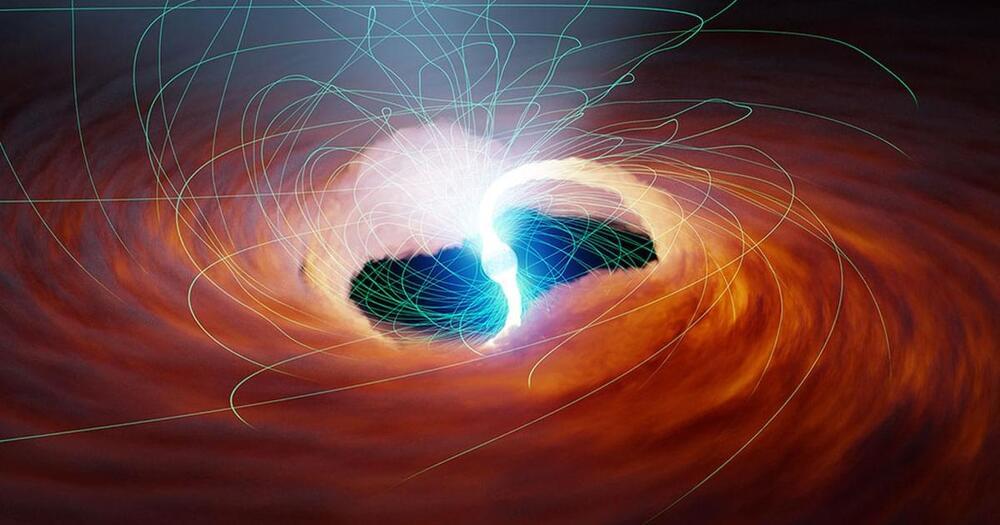
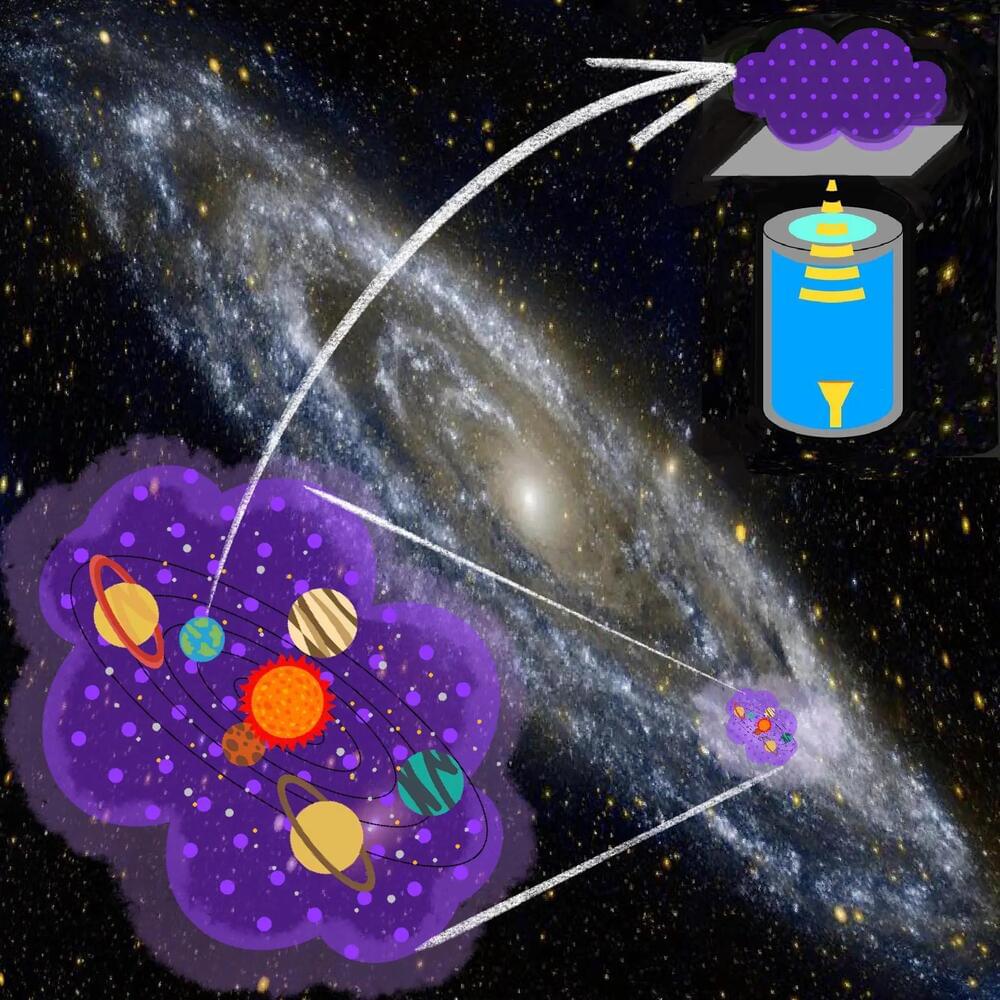
Scientists at Kyoto University have developed an experimental method to examine ultra-light dark matter by observing its gravitational effects on visible matter. Using millimeter-wave sensing in cryogenic conditions, the team achieved experimental parameters for unexplored mass ranges of dark photon.
A photon is a particle of light. It is the basic unit of light and other electromagnetic radiation, and is responsible for the electromagnetic force, one of the four fundamental forces of nature. Photons have no mass, but they do have energy and momentum. They travel at the speed of light in a vacuum, and can have different wavelengths, which correspond to different colors of light. Photons can also have different energies, which correspond to different frequencies of light.
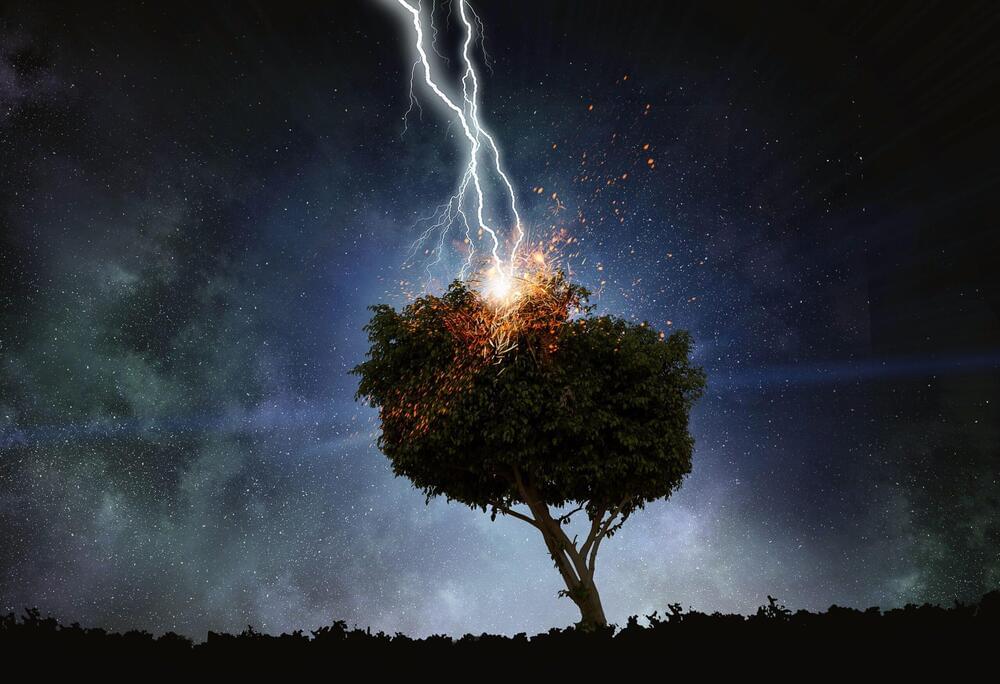
After lightning struck a tree in New Port Richey, Florida, a team of scientists from the University of South Florida (USF) discovered that this strike led to the formation of a new phosphorous material in a rock. This is the first time such a material has been found in solid form on Earth and could represent a member of a new mineral group.
“We have never seen this material occur naturally on Earth – minerals similar to it can be found in meteorites and space, but we’ve never seen this exact material anywhere,” said study lead author Matthew Pasek, a geoscientist at USF.
According to the researchers, high-energy events such as lightning can sometimes cause unique chemical reactions which, in this particular case, have led to the formation of a new material that seems to be transitional between space minerals and minerals found on Earth.
Check Out Untold Earth on PBS Terra: https://www.youtube.com/watch?v=-BVHSUMAWR4&list=PLzkQfVIJun…7&index=85
PBS Member Stations rely on viewers like you. To support your local station, go to: http://to.pbs.org/DonateSPACE
Sign Up on Patreon to get access to the Space Time Discord!
https://www.patreon.com/pbsspacetime.
We humans have always been explorers. The great civilizations that have arisen across the world are owed to our restless ancestors. These days, there’s not much of Earth left to explore. But if we look up, there’s a whole universe out there waiting for us. Future generations may one day explore the cosmos and even settle entire other galaxies. But there is a hard limit to how much of the universe we can expand into. So, how big can humanity get?
Episodes Referenced:
How Much Of The Universe Can Humanity Ever See?: https://youtu.be/eVoh27gJgME
Is Interstellar Travel Possible?: https://youtu.be/wdP_UDSsuro.
What If Humanity Is Among The First Spacefaring Civilizations?: https://youtu.be/uTrFAY3LUNw.
The Edges of Our Universe by Toby Ord: https://arxiv.org/pdf/2104.01191.pdf.
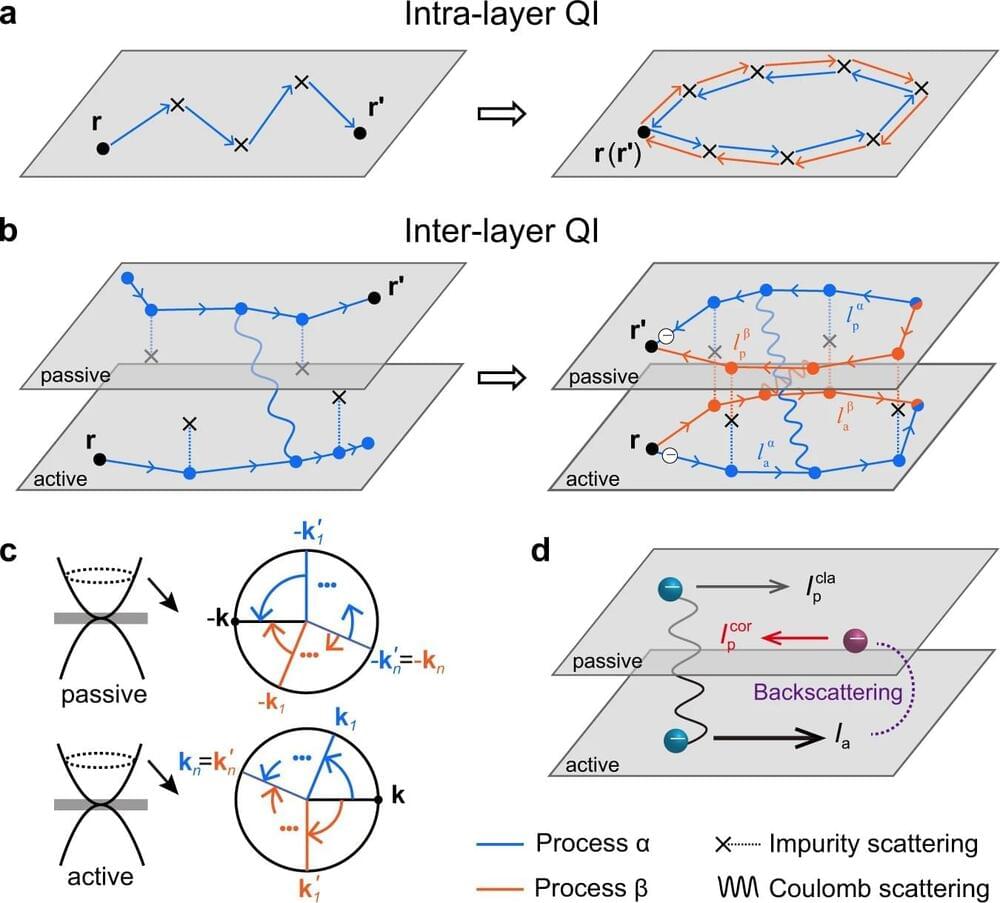
A team led by Prof. Zeng Changgan and Associate Researcher Li Lin from the University of Science and Technology (USTC) / Chinese Academy of Sciences (CAS) Key Laboratory of Strongly-Coupled Quantum Matter Physics, collaborating with Prof. Feng Ji’s team from Peking University, revealed significant quantum interference effect in inter-layer transport process for the first time using graphene-based electronic double-layer systems. Their work was published in Nature Communications.
Coulomb drag is an effect that occurs between two conductive layers in proximity but insulated from each other, wherein moving carriers in one layer (active layer) induces the transport of carriers in the other layer (passive layer), thereby generating an open-circuit voltage in the passive layer.
Coulomb drag has been widely applied in previous studies of long-range interactions between carriers, such as the Bose-Einstein condensation of indirect excitons. However, there is a lack of research on the external field response and possible quantum effects of the Coulomb drag.
Join us on Patreon! https://www.patreon.com/MichaelLustgartenPhD
Discount Links:
NAD+ Quantification: https://www.jinfiniti.com/intracellular-nad-test/
Use Code: ConquerAging At Checkout.
Green Tea: https://www.ochaandco.com/?ref=conqueraging.
Oral Microbiome: https://www.bristlehealth.com/?ref=michaellustgarten.
Epigenetic Testing: https://bit.ly/3Rken0n.
Use Code: CONQUERAGING!
At-Home Blood Testing: https://getquantify.io/mlustgarten.
